Buy horseshoe crab blood
Black Venom Pharmacy is your one-stop shop for all things related to horseshoe crab blood! We are excited to offer you the opportunity to purchase this fascinating and valuable substance. Horseshoe crab blood for sale has long been recognized for its incredible properties and extensive use in various industries.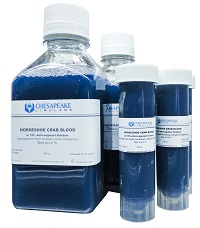 At Black Venom Pharmacy, we pride ourselves on sourcing the highest quality horseshoe crab blood. Our team of experts is dedicated to ensuring that every drop of blood we offer is ethically and sustainably collected. We work closely with trusted suppliers who adhere to strict guidelines to protect the horseshoe crabs and their natural habitats.
At Black Venom Pharmacy, we pride ourselves on sourcing the highest quality horseshoe crab blood. Our team of experts is dedicated to ensuring that every drop of blood we offer is ethically and sustainably collected. We work closely with trusted suppliers who adhere to strict guidelines to protect the horseshoe crabs and their natural habitats.
Horseshoe crab blood extraction
The process of extracting horseshoe crab blood is a delicate one that requires expertise and precision. When a horseshoe crab is captured, a small amount of blood is drawn from its body. This extraction process is carefully controlled to ensure the crab's well-being. The horseshoe crab's blood contains a unique compound called Limulus Amebocyte Lysate (LAL), which is highly sought after for its ability to detect bacterial contamination. This makes horseshoe crab blood invaluable in the medical field, particularly in the production of vaccines and medical devices. Once the blood is collected, it undergoes a rigorous testing and purification process to ensure that it meets the highest standards of quality and efficacy. Our laboratory facilities are equipped with state-of-the-art technology to ensure the purity and safety of the horseshoe crab blood we sell.Horseshoe crab blood for sale
At Black Venom Pharmacy, we offer a range of products that contain horseshoe crab blood or its derivatives. Whether you are a researcher, a medical professional, or simply a curious individual, we have something for you. Each of our products has been carefully formulated and tested to ensure its safety and efficacy. We take pride in offering only the best to our customers, and we are confident that you will be satisfied with your purchase.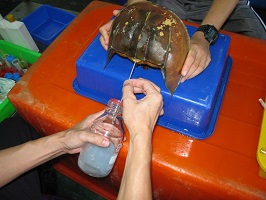 It is important to note that horseshoe crab blood is a limited resource, and its extraction must be carefully regulated to protect the species. We work closely with conservation organizations to ensure that our sourcing practices are sustainable and environmentally friendly.
When you purchase horseshoe crab blood with bitcoin from Black Venom Pharmacy, you can have peace of mind knowing that you are supporting responsible harvesting practices and contributing to the advancement of scientific knowledge and medical breakthroughs.
It is important to note that horseshoe crab blood is a limited resource, and its extraction must be carefully regulated to protect the species. We work closely with conservation organizations to ensure that our sourcing practices are sustainable and environmentally friendly.
When you purchase horseshoe crab blood with bitcoin from Black Venom Pharmacy, you can have peace of mind knowing that you are supporting responsible harvesting practices and contributing to the advancement of scientific knowledge and medical breakthroughs.
LAL products for sale
Black Venom Pharmacy is your trusted source for all your Limulus amoebocyte lysate (LAL) needs. We are proud to offer a wide range of high-quality LAL products that are essential for endotoxin testing in various industries. Whether you are a pharmaceutical company, a medical device manufacturer, or a research institution, we have the solutions you need to ensure the safety of your products. At Black Venom Pharmacy, we understand the importance of accurate and reliable LAL testing. Endotoxins, also known as lipopolysaccharides (LPS), are bacterial toxins that can cause serious health complications if present in medical products or biological samples. Our LAL products provide a sensitive and specific method for detecting and quantifying endotoxin levels, helping you meet regulatory requirements and ensure the quality of your products. When it comes to LAL products, we believe in providing our customers with the best options available. That is why we offer a diverse range of products to suit different testing needs. From LAL reagents and LAL test kits to endotoxin standards and control solutions, we have everything you need to perform accurate and reliable endotoxin testing.Black Venom Pharmacy LAL distributor
As a leading distributor of LAL products, Black Venom Pharmacy is committed to delivering exceptional customer service and top-quality products to our clients. We work closely with reputable manufacturers to ensure that all our LAL products meet the highest standards of quality and performance. When you choose Black Venom Pharmacy as your LAL distributor, you can expect: Reliable and fast shipping: We understand that time is of the essence when it comes to endotoxin testing. That is why we prioritize fast and efficient shipping to get your LAL products to you as quickly as possible. Expert guidance and support: Our team of experts is always ready to assist you with any questions or concerns you may have. We are here to provide guidance on product selection, usage, and troubleshooting to ensure successful endotoxin testing. Competitive pricing: We believe that quality LAL products should be accessible to all. That is why we strive to offer competitive pricing and special discounts to our customers. Secure and convenient online shopping: Our user-friendly website makes it easy for you to browse and purchase LAL products online. We take security seriously and ensure that your personal and payment information is protected at all times. With our extensive inventory and commitment to customer satisfaction, Black Venom Pharmacy is your trusted partner in LAL testing.Buy Limulus amoebocyte lysate
If you are in need of Limulus amoebocyte lysate, look no further than Black Venom Pharmacy. We are your one-stop shop for all your LAL needs, offering a wide range of options to suit different testing requirements. Our Limulus amoebocyte lysate products are sourced from reputable manufacturers and undergo strict quality control measures to ensure their reliability and performance. When you buy Limulus amoebocyte lysate from us, you can expect: High-quality products: We understand that accurate and reliable endotoxin testing is crucial. That is why we offer only the highest quality Limulus amoebocyte lysate products that meet industry standards. Multiple options: We provide different formulations of Limulus amoebocyte lysate to suit various testing needs. Whether you require freeze-dried, lyophilized, or gel-clot formats, we have the right product for you.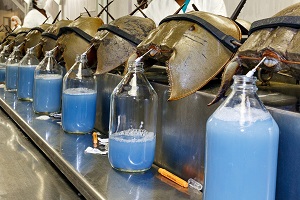 Long shelf life: Our Limulus amoebocyte lysate products have a long shelf life, ensuring that you have sufficient time to perform your testing without worrying about product expiration.
Clear usage instructions: Each Limulus amoebocyte lysate product comes with detailed usage instructions, making it easy for you to prepare and use the reagent correctly.
At Black Venom Pharmacy, we are passionate about supporting the safety and quality of medical products through reliable endotoxin testing. With our high-quality LAL products and exceptional customer service, you can trust us to be your reliable partner in LAL testing. Russell's Viper Venom for sale.
Visit our website today to explore our wide range of LAL products and buy Limulus amoebocyte lysate online. Should you have any questions or require further assistance, please do not hesitate to contact our knowledgeable team. We are always here to help you.
Long shelf life: Our Limulus amoebocyte lysate products have a long shelf life, ensuring that you have sufficient time to perform your testing without worrying about product expiration.
Clear usage instructions: Each Limulus amoebocyte lysate product comes with detailed usage instructions, making it easy for you to prepare and use the reagent correctly.
At Black Venom Pharmacy, we are passionate about supporting the safety and quality of medical products through reliable endotoxin testing. With our high-quality LAL products and exceptional customer service, you can trust us to be your reliable partner in LAL testing. Russell's Viper Venom for sale.
Visit our website today to explore our wide range of LAL products and buy Limulus amoebocyte lysate online. Should you have any questions or require further assistance, please do not hesitate to contact our knowledgeable team. We are always here to help you. 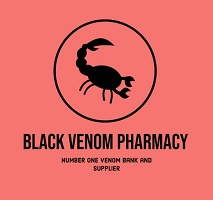
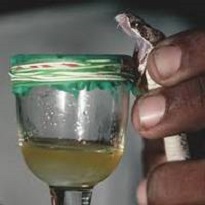
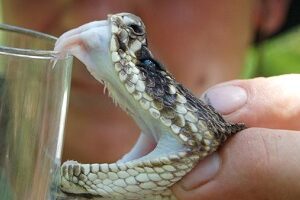
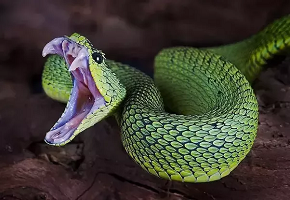
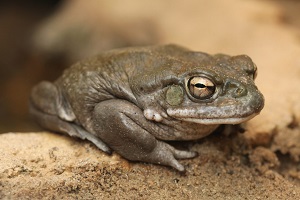
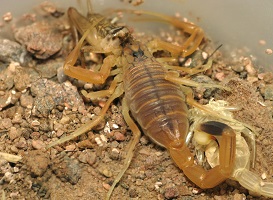
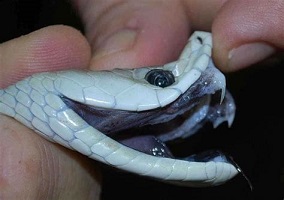
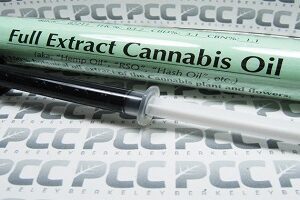
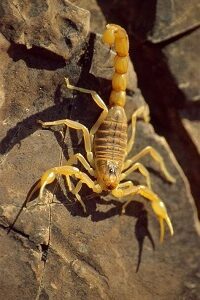
Reviews
There are no reviews yet.